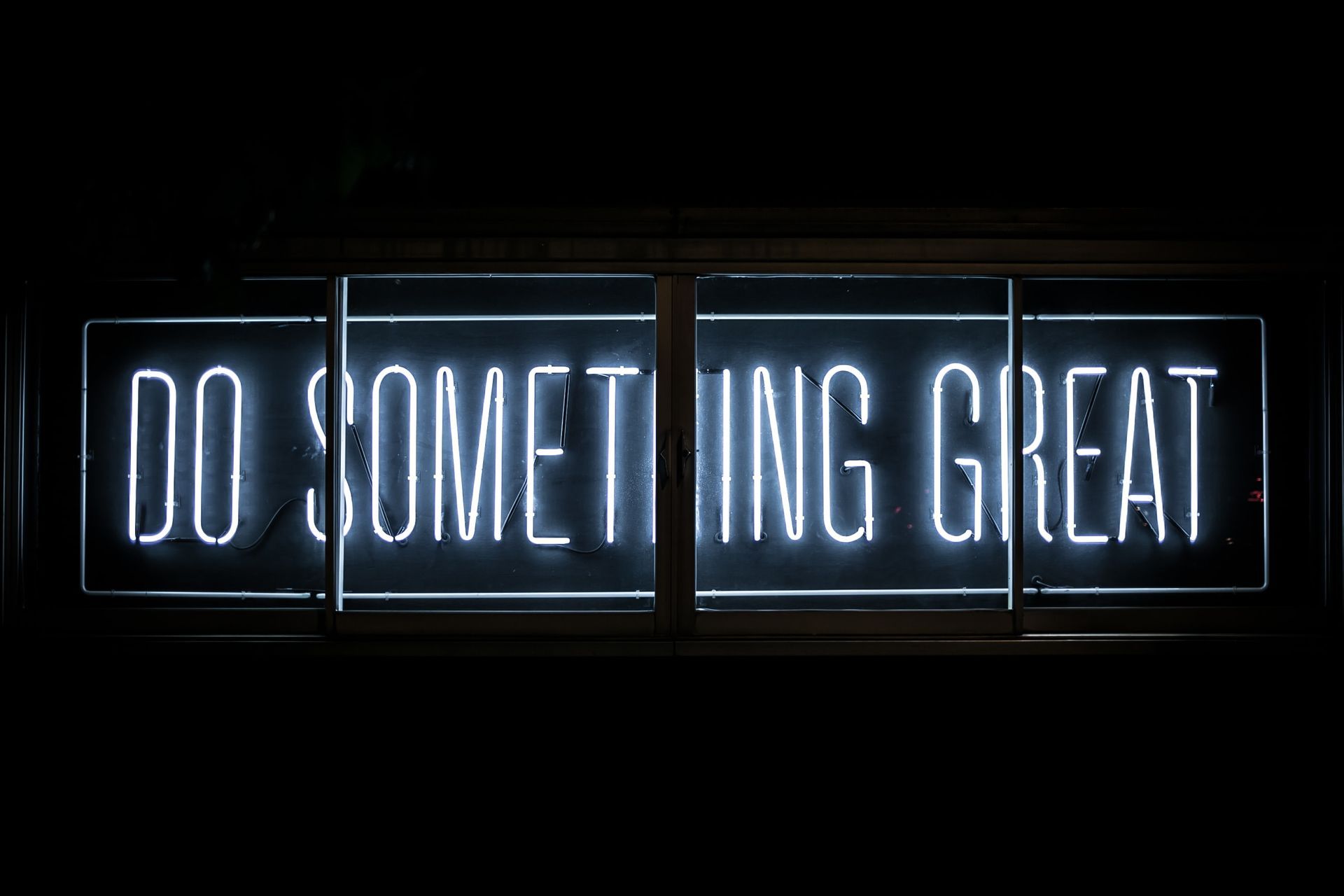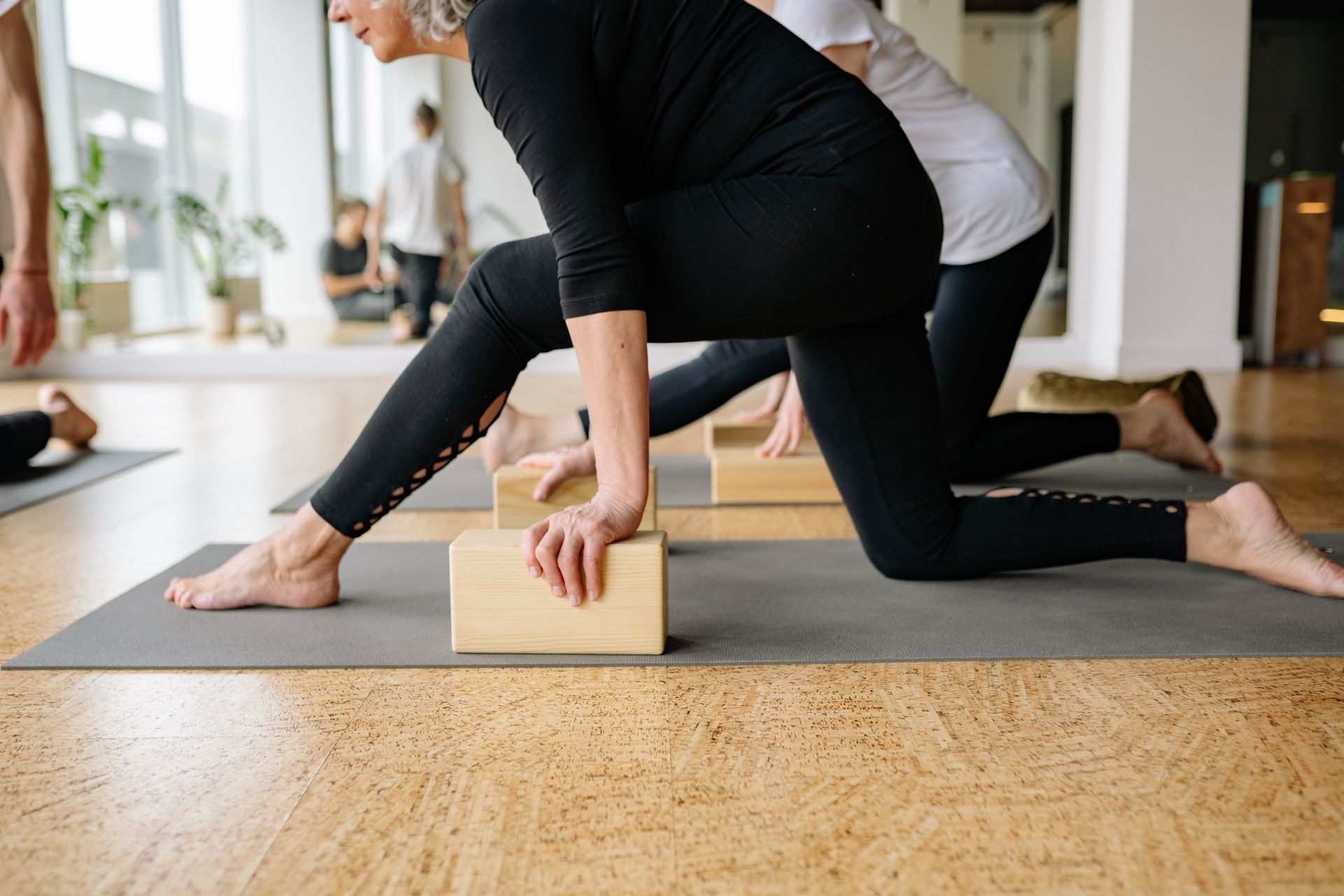Q&A with Aly Merritt: Community, Relationships, & Trust

When we set out to build Everything Community, we wanted to cover everything related to community strategy, building, and connection. And, we mean everything. So, we’re bringing in a variety of guests to help educate us on topics we might not be too familiar with, but they’re certainly more than qualified to speak about them.
We’ll be releasing blog posts, Q&As, and other resources for community builders so we can all learn and expand our knowledge together.
For our next guest feature, we’re chatting with Aly Merritt.
All About Aly
Let’s get to know Aly! She’s a bright and bubbly person and we were honored to share some space with her to talk about community. So, we started off with possibly one of the most difficult questions to answer.
Q: How would you describe yourself?
A: “I like to think of myself as a connector. My goal is to connect people who need things with people who have those things.”
Aly Merritt is the Managing Director of Atlanta Tech Village. Previously, Aly was Salesloft’s Head of Community before moving to her current role.
Catch up with her on
LinkedIn.
Atlanta Tech Village is America's 4th largest tech hub. Their mission is to support and inspire entrepreneurs to achieve success through a community that promotes faster connections between talent, ideas, and capital. Her role allows her to connect local startups and entrepreneurs with the resources, skills, and knowledge needed to grow.
Atlanta Tech Village is a small, but mighty team. Their staff of 8.5 (which includes one part-time founder) supports nearly 1,300 entrepreneurs running approximately 250 startups. Aly wears multiple hats, with no one day looking quite the same as another. It’s everything from space maintenance to attending events promoting Atlanta to talking to folks like us at Everything Community to share her insights with other community builders.
Q: What do you find most fulfilling about your role as Managing Director of Atlanta Tech Village?
A: For Aly, it’s an opportunity to connect with startups, entrepreneurs, and people who are so passionate about what they do.
“People are out here taking this huge risk with their livelihood in a lot of ways and their careers. They’re completely changing the trajectory of their lives and their team’s lives over something they’re super passionate about. Whether it’s that they saw a problem in the world and they wanted to fix it, or they had a problem personally and they wanted to fix it.”
The opportunity to support these entrepreneurs is close to Aly’s heart. Atlanta Tech Village allows her to lean into her natural superpower of connecting people to expand their network and find the resources they need.
Building a Community
Community is a growing and evolving industry. This means everyone’s definition and framework for community is slightly different. We wanted to understand how Aly sees community and how its success can tie back to your bottom-line business objectives.
Q: How do you define community?
A: Aly sees community as finding your tribe. It’s a group of people who have something in common.
“They’re thinking about something that is important to them or that they're passionate about.”
People have a variety of different interests, which also means they’re part of different communities. This could include a book club, knitting circle, fantasy football league (more on the community phenomenon of college football later!)… the list goes on.
“Those are all different kinds of community. They're going to provide different things to different people. And so I would say, community is for finding your tribe.”
Community builders create the space for people to bond over these shared interests. People can come together to engage with others and find their community.
Aly explained that a lot of what Atlanta Tech Village does is
engineer serendipitous interactions.
Q: Now, what does that mean?
A: “For us, it means that we are trying to set up spaces and events and opportunities for people to be able to chat with each other. This is kind of like the old-school ‘watercooler moment’ where you're overhearing a conversation and you have something that you can bring to the table.”
Engineering serendipitous interactions is putting people in a position to share what they’re working on and for others to do the same. Then, they can share insights about what worked, what didn’t, and facilitate introductions to others for more help.
“So a lot of what I see as success in a physical community is the exponential expansion of your network by just connecting up to people. Because you're not just connecting those two people.”
These connections allow for an endlessly growing network of people helping each other achieve their startup and entrepreneurial goals. This can also happen in online communities. We’ve covered
online communities here before. But, let’s work on understanding the value of a physical space community. We’re going to rely on Aly’s wisdom here.
Q: How do you see the physical space differ from online communities?
A: “Physical connection builds a trust factor a lot more quickly than you can get via an online conversation, because there's a lot of intangible things that you get out of talking to somebody in person, and some of those things don’t come across well in Zoom.”
Great, so we’re going to treat this as the perfect reason for more coffee and lunch dates to catch up with our fellow community builders. But, how do you measure the success of these efforts as a community builder? How do you know what you’re doing is working? Let’s ask Aly!
Show Me The Numbers
Q: What do you consider the biggest factor in determining the success of the community?
A: “I like to look at things like how many people come back regularly.”
Aly explains how there are multiple different metrics you can use to analyze the success of your community. Some of these metrics are just vanity metrics (we’ll break down what this means a little further along, so stick around!) and other metrics dive deeper to understand the habits of members and how they engage.
Some important questions to ask to get you started: How often are folks returning? Why do they return? Are they going once? Never coming back? What’s stopping them from showing up again?
For Aly, successful communities, especially in the physical space, are those with people returning to events or to the space. Attending an event requires people to take time out of their schedules, commute, and be present in a physical space.
So, what are vanity metrics?
A:
According to Aly, vanity metrics are baseline metrics. These metrics don’t tell you much other than how many people are in your community, without proper context.
Identify vanity metrics early by taking a closer eye at anything that starts with ‘number of.’ These metrics can be misleading. Why?
“Number of posts in online forums can sometimes be a vanity metric because it doesn't mean that anybody's reading them or anybody's interacting with anything. It’s a baseline number, nothing else quantifiable about it and no frame of reference to go with it. Out of context, that number doesn't tell me anything.”
The ‘number of’ anything within your community gives you a number. That’s it. We need to go beyond this as community builders to understand how members engage, how many times they’re returning to events, and how many people they’re connecting with. We have some formulas to start calculating those metrics in our
Community ROI blog post.
Q:Now, how does Aly go beyond vanity metrics and measure the success of her community?
We were wondering the same thing! Atlanta Tech Village has a coffee shop downstairs in the lobby. This is a publicly available space.
A:
“We use coffee shop numbers as kind of a trendline to give us an analysis of how many people are coming into the space. Not only will Villagers go down there and get a cup of coffee or meet with people down there, but we've got local people in the innovation ecosystem who will go there.”
Returning customers will be a positive sign of a growing community. It indicates that your space and community provide something of value to members. This value increases with their attendance frequency and if they’re bringing others with them.
Aly discussed the importance of growing your network and creating connections throughout our chat. Physical spaces can pose some challenges to creating community as people have to come together in person. We wanted to understand how Aly has supported the large community at Atlanta Tech Village.
Growth, Relationships, & Community
Q: Why is it essential that you be connected to every other department within your organization?
A: “Community is in marketing, it's freestanding, it's in sales. It's somehow in HR. It's all over the place depending on the way that the company is structured.”
Community departments touch on every aspect of the business. It’s also there to support every step of the customer journey.
“Unlike other departments focused on a specific aspect of the business, community sits in the middle of everything. They're able to see the value that they need to bring to the table for sales, they're able to see the value that they bring to the table for marketing, for customers, for product, for the engineers if you're a software company, for example.”
As a community builder, you have the power of influence. It’s up to you to make various connections with other people in different departments. Community is about building relationships. To build relationships, you need to establish trust, and have authentic back-and-forths.
“And what's important at the end of the day for your company, is your customer and the value that you're bringing to them.”
Community builders see everything, internally and externally.
“You see the entire ecosystem of how you are impacting your end user/your customer, as well as your employees.”
This deep level of connection is how you’ll be able to leverage influencers, brand advocates, and brand ambassadors, depending on your
community use case.
Q: So, how do you create your network of influencers, brand advocates, and brand ambassadors?
A: “Trust is at the heart of creating any relationship with anybody.”
It’s important to understand the motivating factors behind your advocates. Do they genuinely believe in your product or solution? Are they motivated by money? What happens if that money goes away? When you’re establishing your advocate strategies, Aly points out some things to keep in mind.
“Part of that is knowing whether you are paying to play or somebody genuinely believes in the thing that you are working on.”
She uses college football as an example. There are lots of fans of a college football team, many who didn’t even attend the college as a student. If you’re a fan of oa team and you see someone walking down the street wearing college gear, you’re able to immediately identify someone in your community. This recognition and sense of belonging creates trust.
“You have an implicit trust factor with the fact that this other person has something in common with you. I think that it's tricky with influencers. Because a lot of times they can be motivated by outside factors.”
Q: So, how can you build trust?
A: Get to know them. Start to understand what they value and what carries meaning.
“It's not just a “what's in it for us.” Sure, how do you bring value to our company, but how can we help you as well?”
Community building and trust is a give-first relationship. Show up, connect with others, and be supportive of the folks in your community.
We covered all things community in this guest feature with Aly Merritt, Managing Director of Atlanta Tech Village. We learned lots about physical space communities, building trust, and going beyond simple vanity metrics to analyze your community.
Thank you, Aly, for your time and insights. It’s truly a pleasure to be able to bring such strong community builders to this space. Lots more to come from us, stay tuned!
newsletter
Let's stay in touch!
Contact Us
We will get back to you as soon as possible.
Please try again later.






